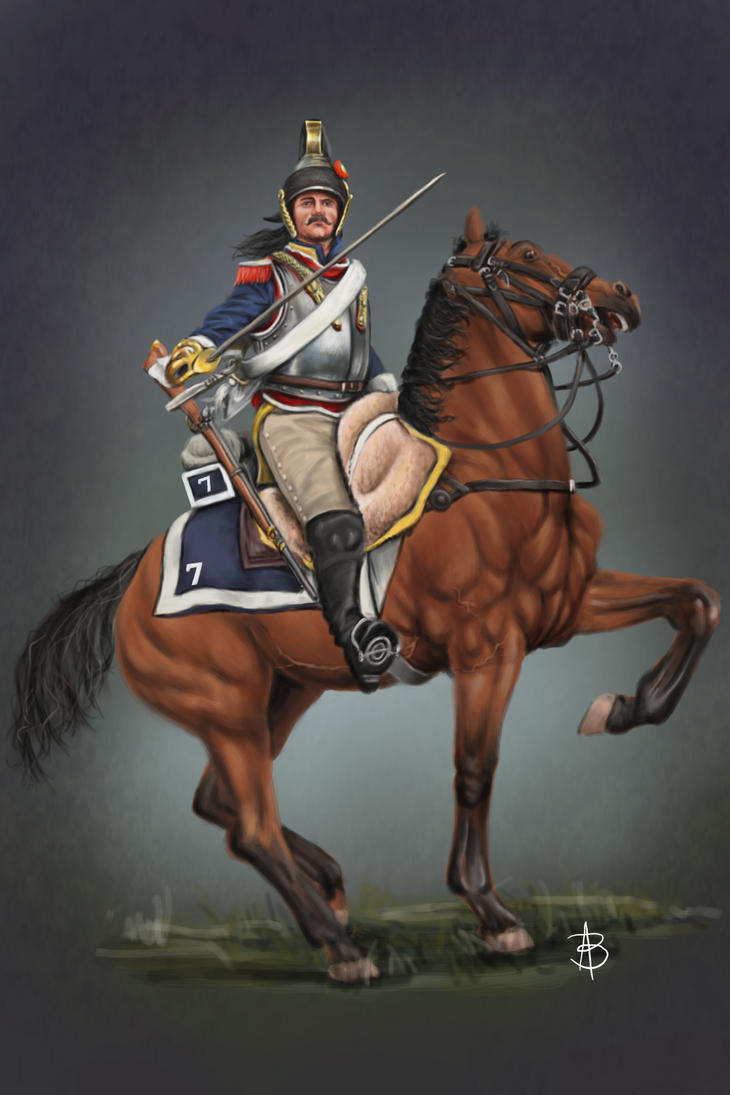Following Pickett’s Charge, Kilpatrick directed Farnsworth to attack the extreme right of Rebel line. This was ordered, ostensibly, to exert such pressure on that vital defense point that the Confederates would be thrown back and their line opened up to a crushing assault by divisions of Union infantry. But it is also clear that Kilpatrick ordered the charge in frustration at having been kept out most of the day’s fighting. He realized that only an energetic officer who committed his troops to battle would win glory on this field.
But he asked the impossible of Farnsworth. The brigade commander was required to attack strongly positioned infantry over rough, boulder-strewn ground, despite being outnumbered. In point of fact, Farnsworth had tried that very thing a short while before and had failed signally. Naturally, he was stunned by the order. General, do you mean it? he asked. Shall I throw my handful of men over rough ground, through timber, against a brigade of infantry? The 1st Vermont has already been fought half to peices; these are too good men to kill!
Kilpatrick was enraged that Farnsworth should question his command. Do you refuse to obey my orders? If you are afraid to lead this charge, I will lead it.
A witness to the confrontation later recalled the General Farnsworth rose in his stirrups–he looked magnificent in his passion, and cried, ‘Take that back!’ Kilpatrick hesistated a moment and backed down, but would not withdraw his order. For some seconds there was silence between them, until Farnsworth said quietly, General, if you order the charge, I will lead it, but you must take the responsibility.
His troopers made the charge, were as successful as the Light Brigade at Balaklava, and the responsibility indeed rested on Kilpatrick’s shoulders. In his official report of the battle, however, he tried to cover up his mistake with bombastic words about the infantry’s failure to exploit the confusion into which Farnsworth had thrown the Rebel right.

